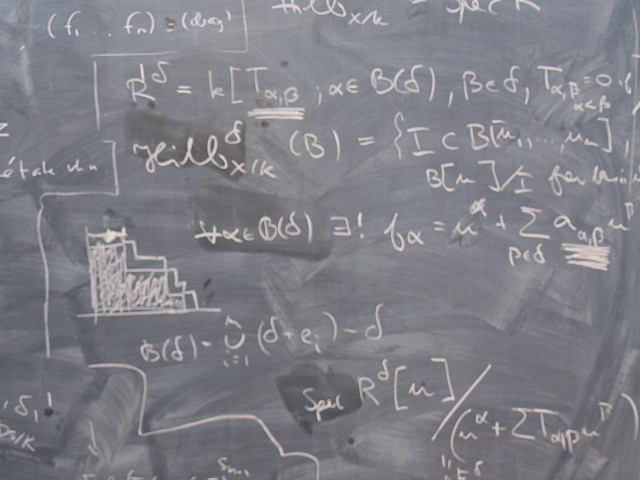FEM-formulation of linear and non-linear partial differential equations, element types and their implementation, grid generation, adaption and error control, efficient solution algorithms (e.g. by a multigrid method).
Applications to stationary and transient diffusion processes, elasticity, convection-diffusion, Navier-Stokes equation, quantum mechanics etc.
Basic laws of nature are typically expressed in the form of partial differential equations (PDE), such as Navier's equations of elasticity, Maxwell's equations of electromagnetics, Navier-Stokes equations of fluid flow, and Schrödinger's equations of quantum mechanics. The Finite element method (FEM) has emerged as a universal tool for the computational solution of PDEs with a multitude of applications in engineering and science. Adaptivity is an important computational technology where the FEM algorithm is automatically tailored to compute a user specified output of interest to a chosen accuracy, to a minimal computational cost.
This FEM course aims to provide the student both with theoretical and practical skills, including the ability to formulate and implement adaptive FEM algorithms for an important family of PDEs.
The theoretical part of this course deals mainly with scalar linear PDE, for which the student should be able to:
- derive the weak formulation.
- formulate a corresponding FEM approximation.
- estimate the stability of a given linear PDE and it's FEM approximation.
- derive a priori and a posteriori error estimates in the energy norm, the L2-norm, and linear functionals of the solution.
- state and use the Lax-Milgram theorem for a given variational problem.
In the practical part of the course the student should be able to:
- modify an existing FEM program to solve a new scalar linear PDE.
- implement an adaptive mesh refinement algorithm, based on an a posteriori error estimate derived in the theoretical part.
- describe standard components in FEM algorithms.
